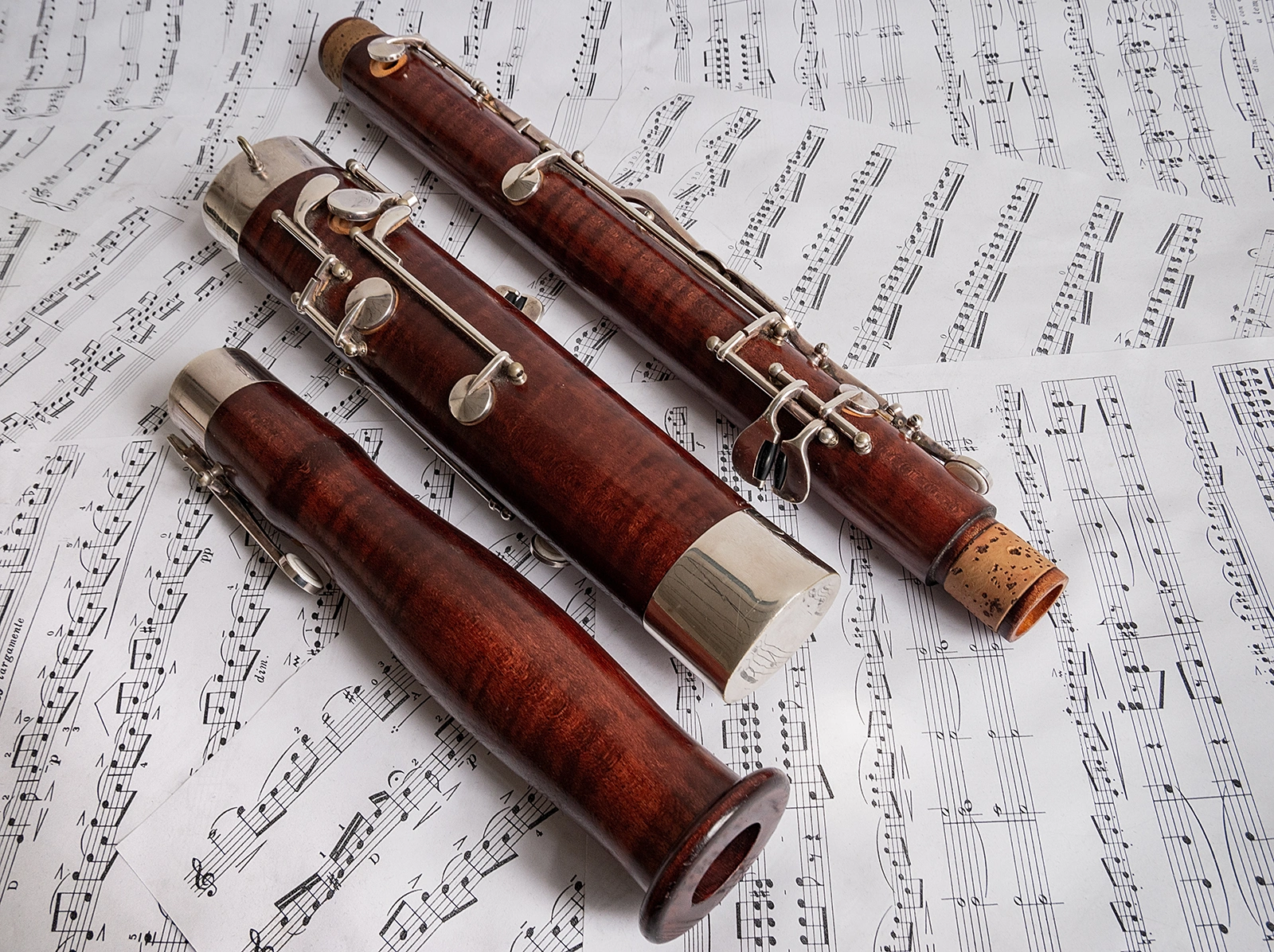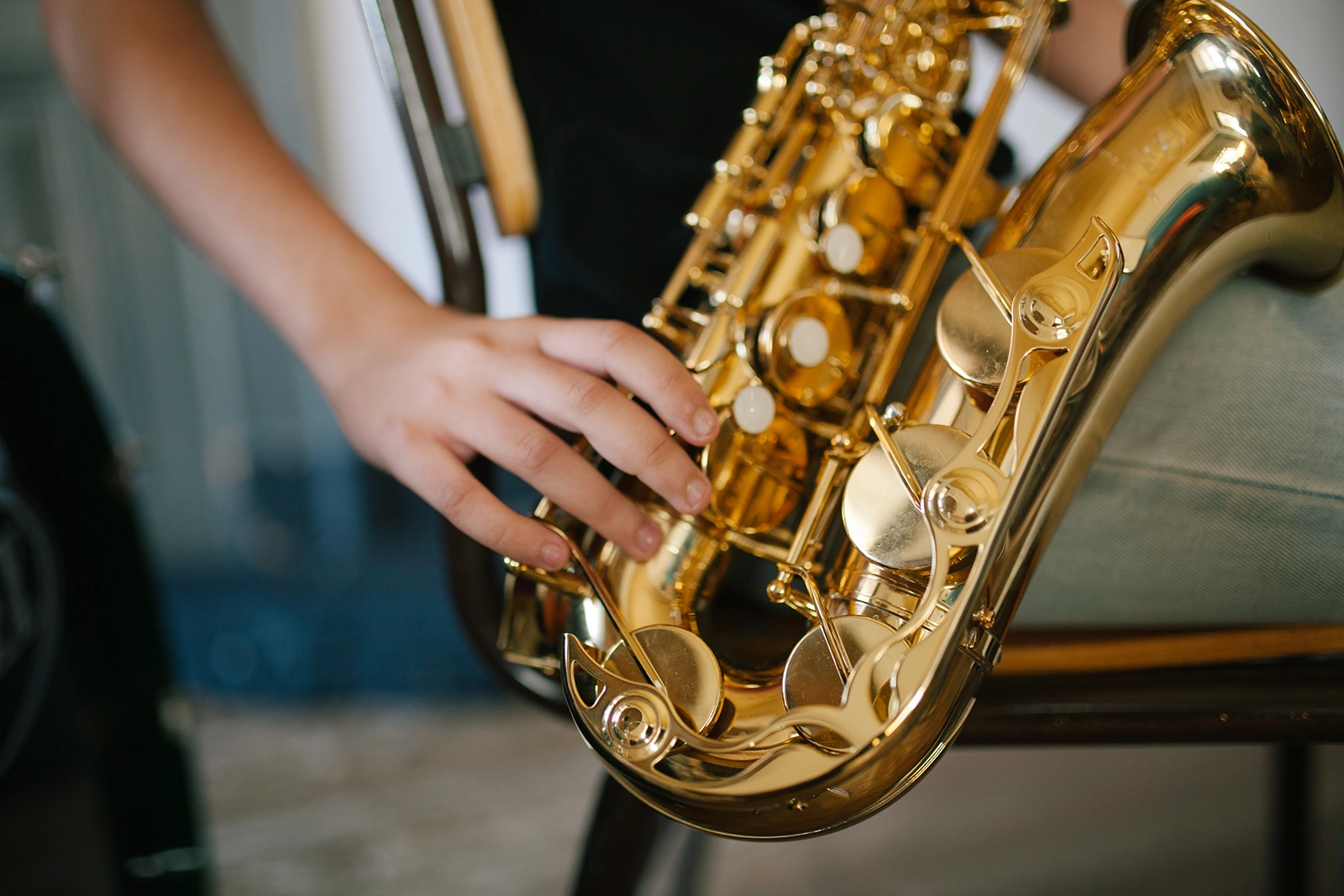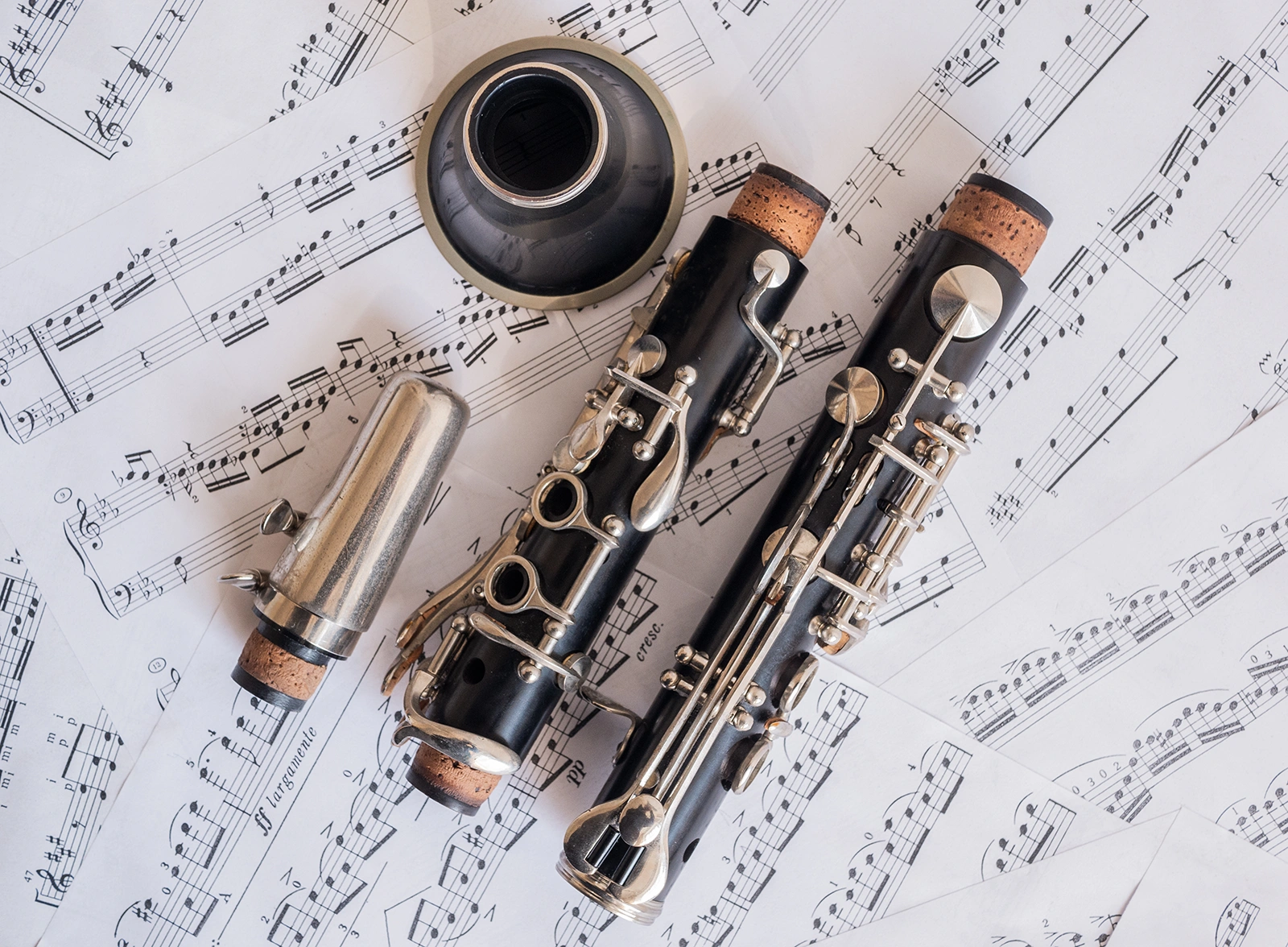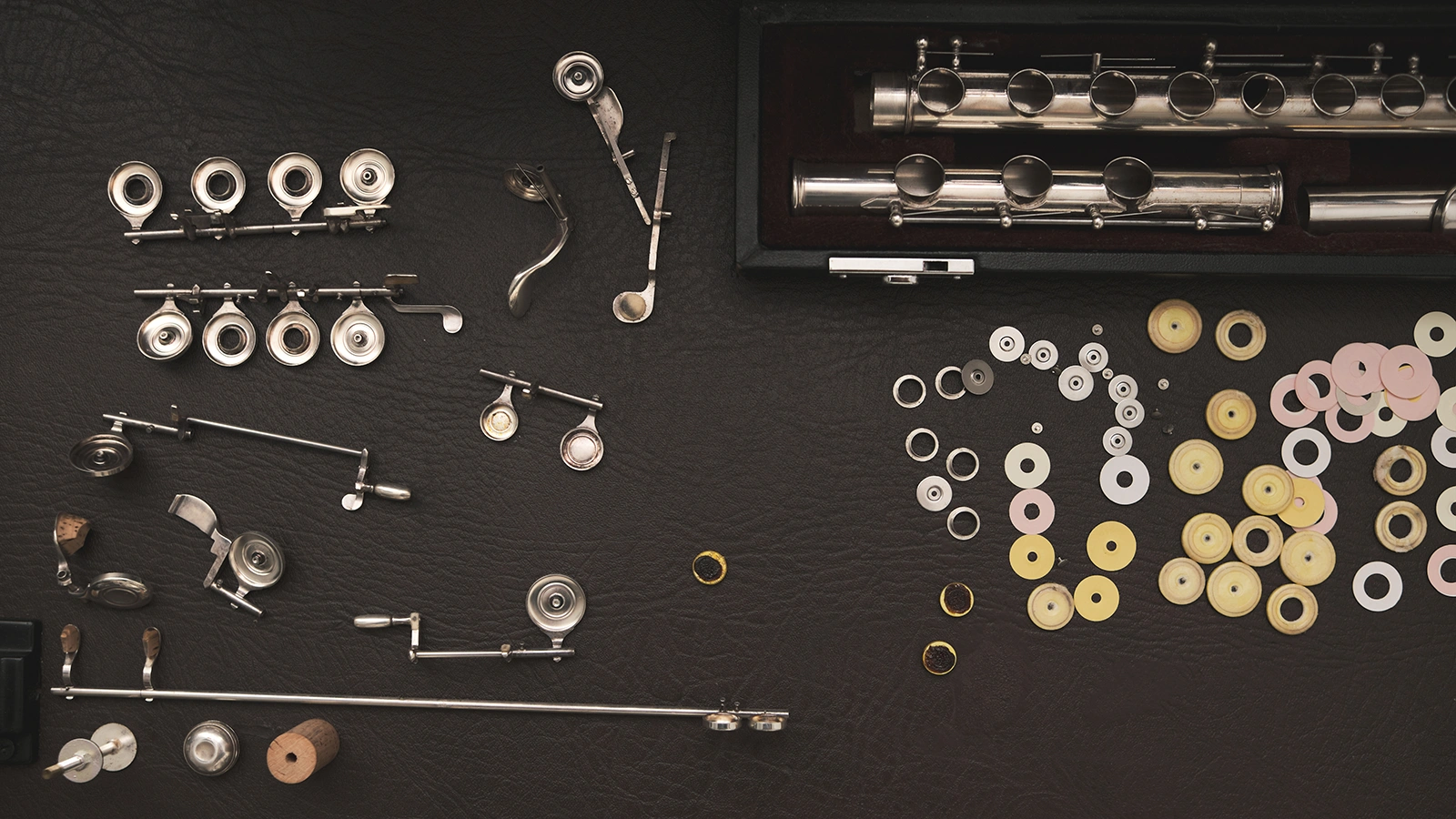The clarinet is a lovely and versatile instrument, but like any other, it needs regular care and attention to perform well and last for many years. The need for regular clarinet care, including cleaning and routine repairs, will be discussed in this article. If you know how to maintain your clarinet and fix frequent problems, you may play it for many years without worrying about it losing its quality.
First, a Guide to Clarinet Maintenance
In order to keep your clarinet in good playing condition and prevent the accumulation of dust, filth, and moisture, regular cleaning is required. The procedure for maintaining your instrument is as follows:
Separating the parts of a clarinet
First, separate the various components of your clarinet, such as the bell, upper joint, lower joint, and barrel. You’ll be able to give everything a thorough cleaning this way.
Reducing Wetness
Remove any moisture from inside the joints by gently wiping them with a swab designed for the clarinet. To remove excess moisture, carefully thread the swab through the tenon holes and gently draw it out. This is a necessary measure for keeping the instrument mold- and mildew-free.
Mouthpiece Hygiene
The mouthpiece is one of the most important parts of a clarinet. You may clean the mouthpiece by rinsing it in warm water after removing the ligature and reed. Remove dirt and debris from your mouthpiece with a brush, being careful not to scratch the face or the tip. Before reassembling, make sure the mouthpiece is completely dry.
Body Hygiene
Remove fingerprints, grime, and smudges from the clarinet’s body with a soft, lint-free cloth. Don’t pound on the keys or the pads, since this might cause permanent harm. To avoid damaging the instrument, focus on the tone holes and key contacts.
Duplicate Keys Cleaned
It’s easy for grime and grease from your fingertips to accumulate on the clarinet’s keys. Use a tiny, soft-bristled brush to carefully brush away any dust or dirt. To protect the plating or finish, don’t use anything abrasive or chemically aggressive. When you need to get into a tight spot or somewhere else that’s hard to get to, a toothpick might come in handy.
Repairing a Clarinet, Part 2
Even with consistent care, clarinets occasionally need fixing, despite their durability. Some typical problems and their solutions are listed below.
Locked-Up Keys
The sticking or non-springing back of some keys might be the result of grime, dampness, or worn key corks. First, wipe the area with a damp cloth or a little brush. If the problem persists, new key corks may be required. If you need help fixing something, you should call in a pro.
Air Holes
Clarinets that have air leaks can drastically alter their tone and become difficult to play. Close all the keys and blow softly into the instrument to locate air leaks. Keep your ears open for any hissing or other odd noises. Consult a repair professional who can evaluate the whole system and make any required changes or repairs if you detect an air leak.
Distorted or cracked body
Clarinet bodies are susceptible to cracking and warping due to exposure to temperature and humidity swings. If you find any cracks or warping, you should get it fixed right away by an expert. To ensure complete restoration and prevent future damage while repairing a broken or warped body, certain expertise and tools are required.
Faulty rings or tenons
The rings or tenons on your clarinet may become loose with consistent play. Using some sticky cork grease or cork cement, you can tighten up loose rings. Carefully examine the joints to see if the cork or tenon material has to be changed if there are any loose tenons. If you want to make sure it fits snugly and securely, you should need the help of a skilled repair person.
Worn-out pads
Pads are vital for making a tight seal and getting a consistent, clear sound. Pads are susceptible to wear and tear and damage over time. Pad replacement is advised if you see air leaking from the instrument or if the pads are discolored or misaligned. Trying to change pads without the right training or equipment might cause more harm than good.
Spring Breakage
Clarinets include tension springs to help with key actions. A broken or weakened spring is something that requires the attention of a trained technician. They know how to disassemble and replace springs without damaging the keys or the mechanism.
The quality, playability, and lifespan of your clarinet depend on your giving it the care it deserves. Keep your instrument in top shape by regularly performing the above cleaning procedures and attending to frequent problems as soon as they arise.
Damage from dirt, filth, and moisture accumulation may be avoided with regular maintenance, which entails removing moisture, caring for the mouthpiece, and cleaning the body. You can keep your clarinet in tip-top shape by fixing typical issues like sticky keys, air leaks, cracked bodies, loose rings or tenons, damaged pads, and broken springs.
Keep in mind that the player may perform some routine maintenance themselves, but that more serious issues require expert attention. A professional repair expert will be able to accurately diagnose any problems and make the appropriate repairs to keep your instrument in good working order.
Clarinets require regular care and cleaning to ensure their wonderful sound and artistic potential may be enjoyed for years to come. If you treat your clarinet with respect, it will provide you with years of musical fulfillment.





